In the West, each country has a traditional dish on the banquet table to celebrate Easter. Easter is fast approaching, so let’s take a look at what they have prepared for this year’s celebration.
Easter is considered one of the most important holidays of the year for Christians, commemorating the resurrection of Jesus Christ from the dead after being crucified.
Easter typically occurs on the first Sunday after the full moon following the vernal equinox in the Northern Hemisphere. On this day, alongside numerous rituals, preparing traditional dishes is also of great importance. Culinary traditions for Easter vary from country to country.
United States
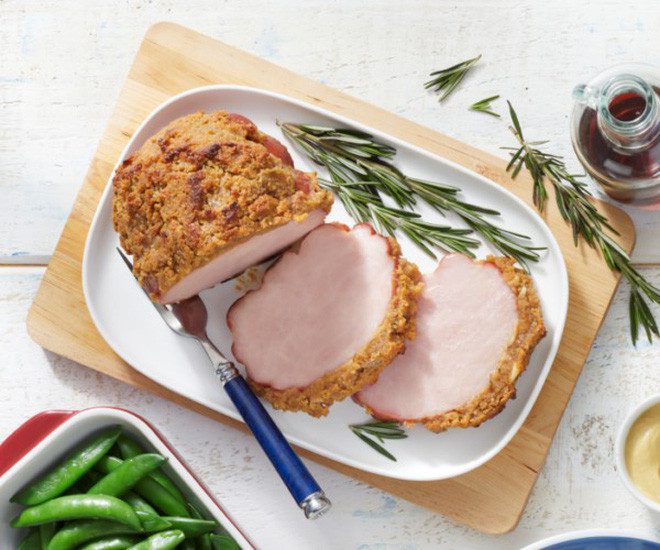
The dish that is never absent from the dining table of American families on this significant holiday is Jambon. For Catholics, pork is considered a food of the Lord. Americans often use leftover preserved foods to celebrate, hence the tradition of jambon. This dish is even more unique when served with pineapple and cherry blossoms.
Greece
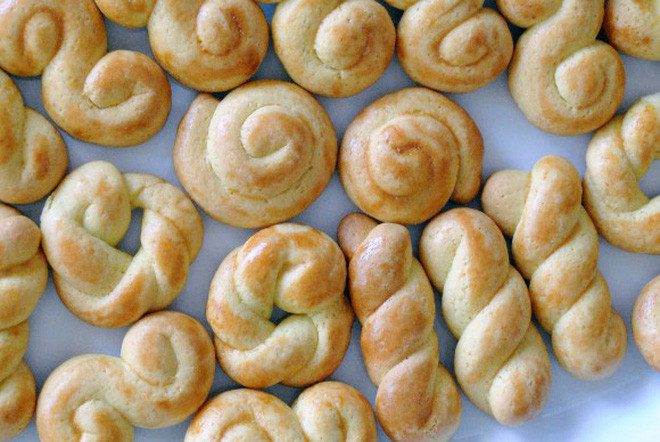
Koulourakia, a uniquely named pastry, adds flavor to the Greek Easter meal. This sweet butter cookie is baked to perfection with various nuts such as almonds and cashews. The small, spiral-shaped cookies are a beloved dessert among the locals.
Mexico

Mexicans also favor sweet pastries, making capirotada a signature dessert for the holiday. This rich bread pudding is topped with a generous layer of cheese, raisins, and a sweet syrup sauce.
England
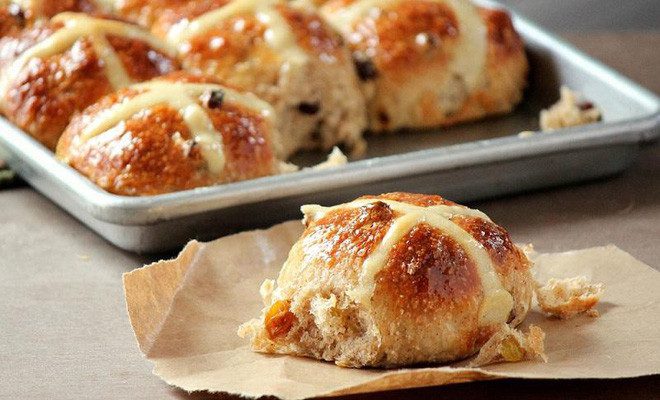
In England, a common sight on every family’s Easter table is the Hot Cross Buns. These fragrant buns are infused with cinnamon and nutmeg, offering a delicate sweetness complemented by toppings such as raisins and sultanas. A traditional cross made of icing symbolizes the crucifixion of Christ.
In addition to Hot Cross Buns, there is also Simnel Cake. This fruitcake is made from familiar ingredients such as flour, almond flour, sugar, butter, and dried fruits. Simnel Cake is a traditional dish in England during Lent, approximately 40 days before Easter.
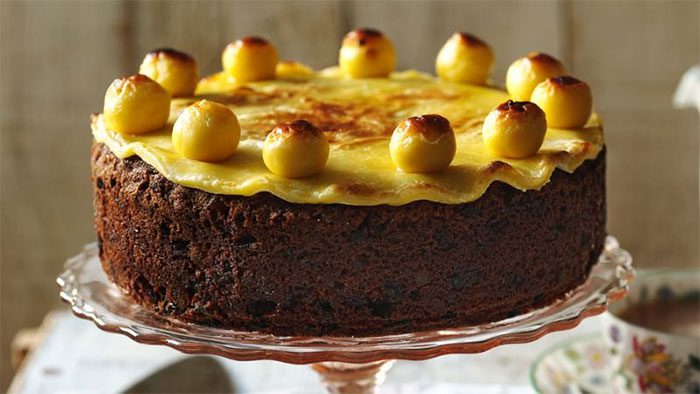
The uniqueness of Simnel Cake lies in its decoration. The cake’s surface is adorned with 11 or 12 round marzipan balls, representing the apostles of Jesus, showcasing the faith of the people during Easter.
Central Asian Countries
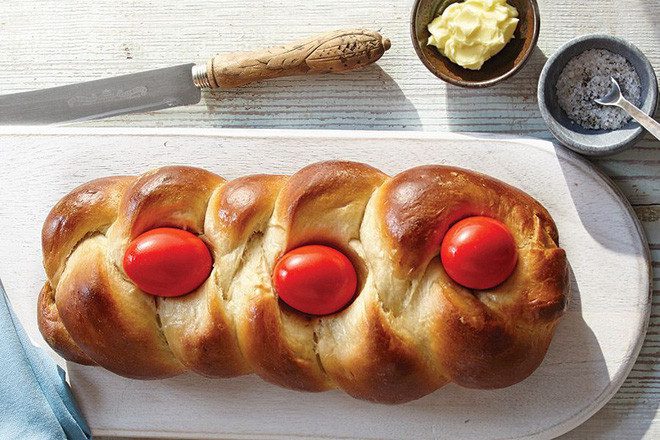
Another unique pastry is Tsoureki, a braided bread decorated with red eggs. This dessert is commonly used in Central Asian countries as a symbol of Easter since the red egg represents the blood of Christ. This dish is also popular during Christmas and New Year celebrations.
Ecuador
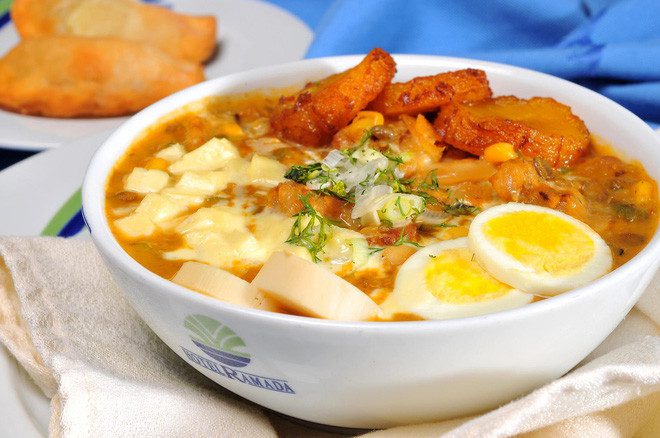
In Ecuador, the dish is more elaborate with Sopa Fanesca. With a rich array of ingredients including milk, squash, beans, grains, eggs, and dried cod, this dish requires significant preparation time. Typically, people begin cooking a week before the holiday. This is considered the most nutritious and appealing soup in Ecuadorian cuisine.
Finland
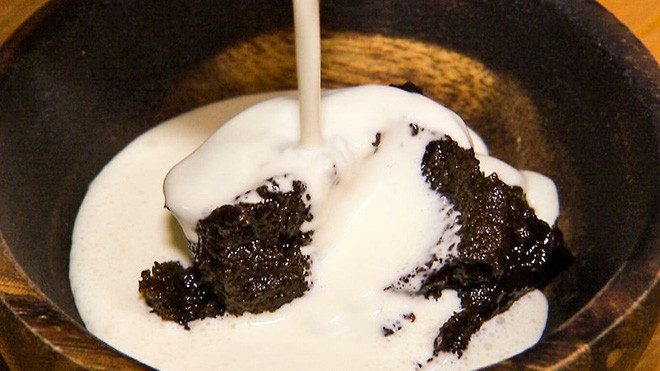
The Mämmi is the most popular dish among Finnish families during Easter. This sweet, soft pudding is flavored with syrup and has a delightful aroma from orange zest. The best way to enjoy it is with milk or cream.
Argentina and Uruguay
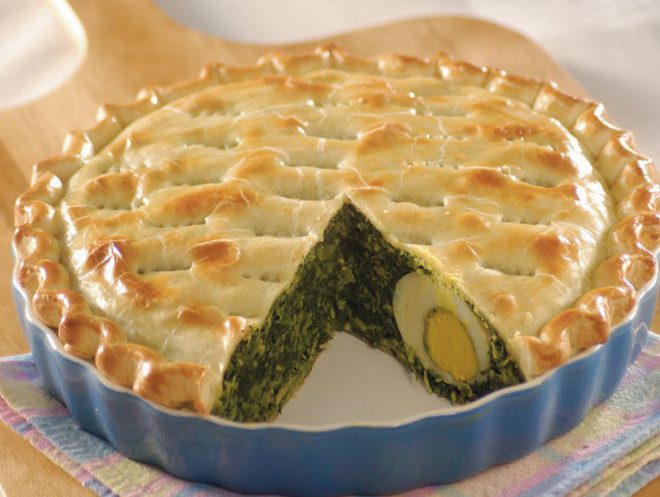
Torta Pascualina, an enticing pie made from ricotta, spinach, and eggs, is commonly prepared by families in the neighboring countries of Argentina and Uruguay. These large pies are often shared among relatives, making it a well-known dish during Easter.
Eastern Europe
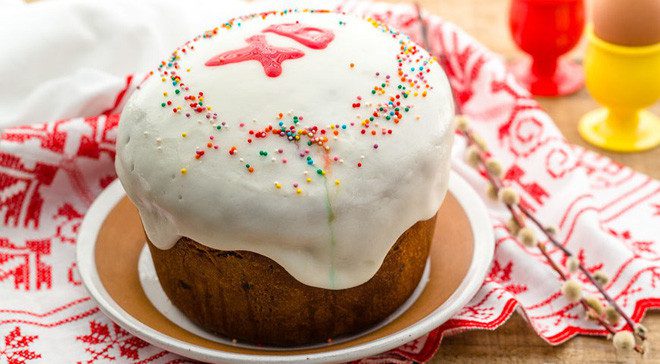
The final stop is Eastern European countries such as Serbia, Belarus, Ukraine, Georgia, and parts of Russia. Christian followers often prepare Kulich to celebrate this important holiday. This cake resembles a cylindrical sponge cake topped with melted icing and colorful sprinkles.
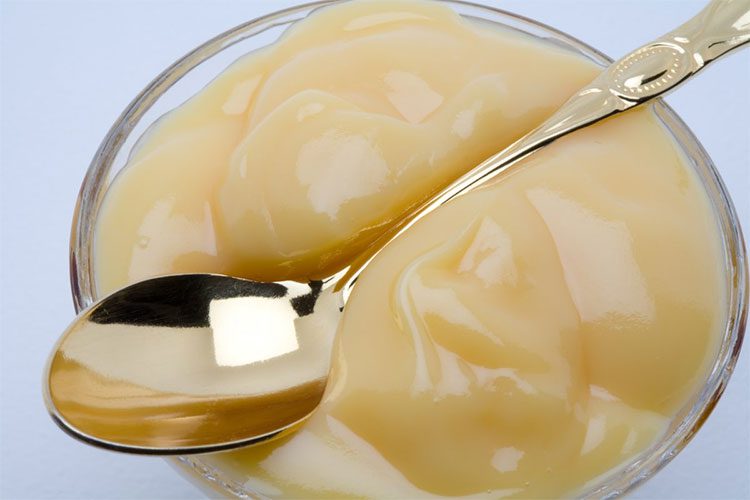
On the Easter table of the Netherlands, Advocaat and Passbrood are essential. Advocaat is a traditional Dutch beverage made from brandy, eggs, sugar, and honey. Paasbrood is a bread filled with various seeds and sweet-tart raisins, almonds, and nuts.
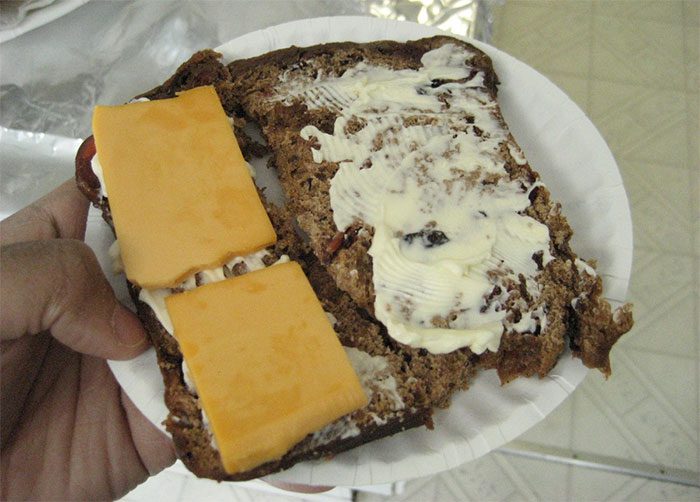
In Jamaica, Christians enjoy Grape and Cheese Bread during Easter.

Slovenia and Poland: The signature dish in the Easter celebration of these countries is a butter sculpture in the shape of a lamb adorned with a red ribbon around its neck.
Spain: Rosquillas
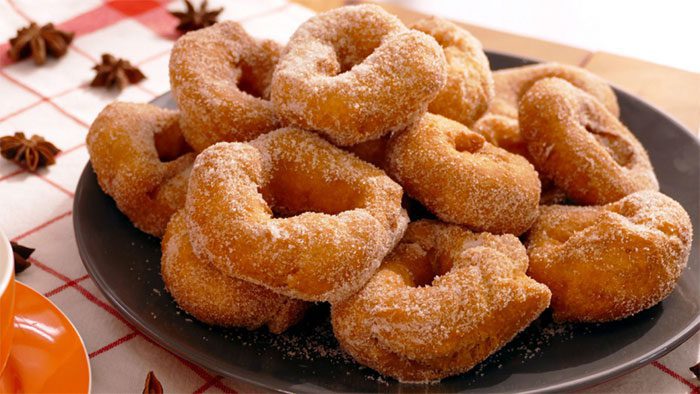
Rosquillas are traditional donuts from Spain, often prepared for festivals during Holy Week. Although there are many types of rosquillas, the most popular version is made from eggs, sugar, milk, oil, lemon zest, flour, and baking powder. After frying until crispy, rosquillas are typically dusted with cinnamon sugar and served as a snack. Another famous version is rosquillas de vino, made with sweet muscat wine.
Germany: Chervil Soup

Chervil soup, known in German as kerbelsuppe, is made from a herb similar to parsley called chervil. This soup is typically consumed on Maundy Thursday (the Thursday before Easter). In Germany, this day is referred to as Green Thursday, hence the consumption of green foods like chervil soup on this day.
Italy: Pizza Rustica

Pizza Rustica, also known as pizzagaina, combines meat with cheese encased in a thin crust. Like most Italian recipes, pizza rustica varies by region and chef. It originates from Naples, known as the birthplace of pizza.
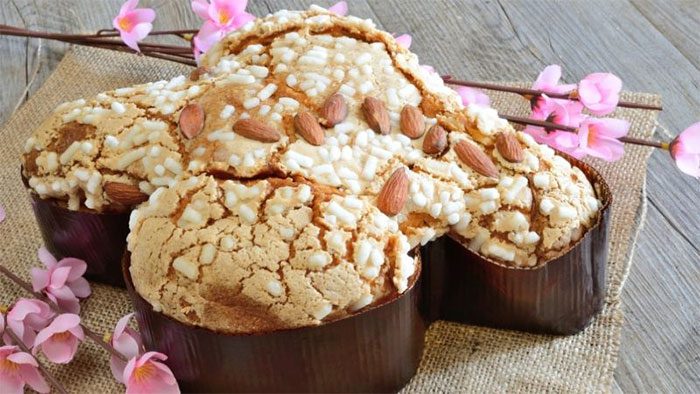
Colomba Di Pasqua.
Aside from Pizza Rustica, a traditional cake used during Easter in Italy is the Colomba Di Pasqua. Colomba Di Pasqua is shaped like a dove, also known as Easter Dove, symbolizing peace for everyone in the world. It is made from familiar ingredients such as flour, eggs, sugar, fresh yeast, butter, and candied fruit…
Poland: Żurek (White Borscht)

Żurek, also known as white borscht, is a traditional Polish dish not only enjoyed during Easter but also on many other holidays. This soup is made from sour rye flour, sausage, boiled eggs, potatoes, and various other ingredients with different religious meanings.
The main ingredients that create this delicious soup include sour rye flour, sausage, boiled eggs, potatoes, and familiar spices. Żurek does not have a fixed recipe; instead, skilled homemakers creatively adapt it to fit their family’s taste, which makes this dish even more special.
Russia: Pashka

Pashka is a familiar dessert during Easter in Russia, made from cream cheese, dried fruits, and nuts. Traditionally, pashka is shaped like a truncated pyramid, representing the tomb of Christ, and is often decorated with the letters “XB,” which means “Christ is Risen.”
Cyprus: Flaouna
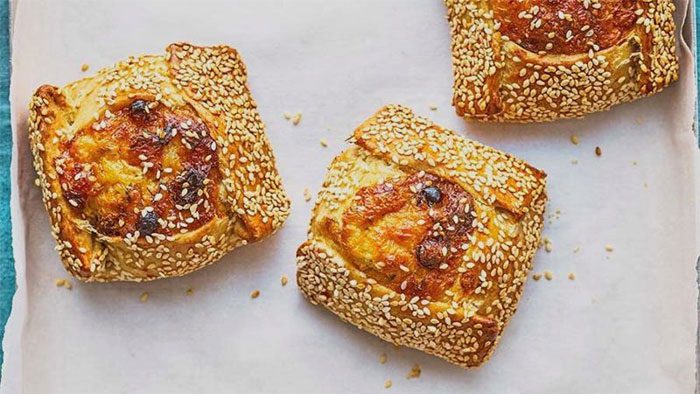
Flaouna is a sweet pastry filled with cheese combined with raisins and topped with sesame seeds, offering a rich and sweet flavor. The Flaouna symbolizes the end of Lent and the joyful celebration of Easter, marking the resurrection of Jesus among the people of Cyprus.
France: Roast Lamb
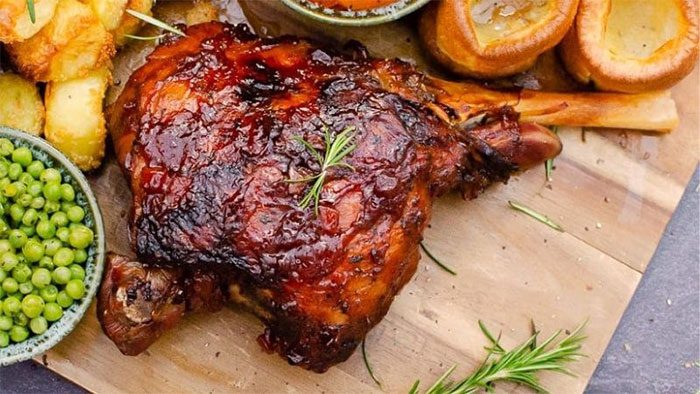
Roast lamb, or “le gigot d’agneau Pascal” in French, is a signature dish prepared by the French specifically for Easter. The roast lamb is made simply with familiar spices such as garlic, pepper, olive oil, salt, and a few herbs. The French believe that eating lamb during the Easter holiday will bring a prosperous and fruitful year.





















































